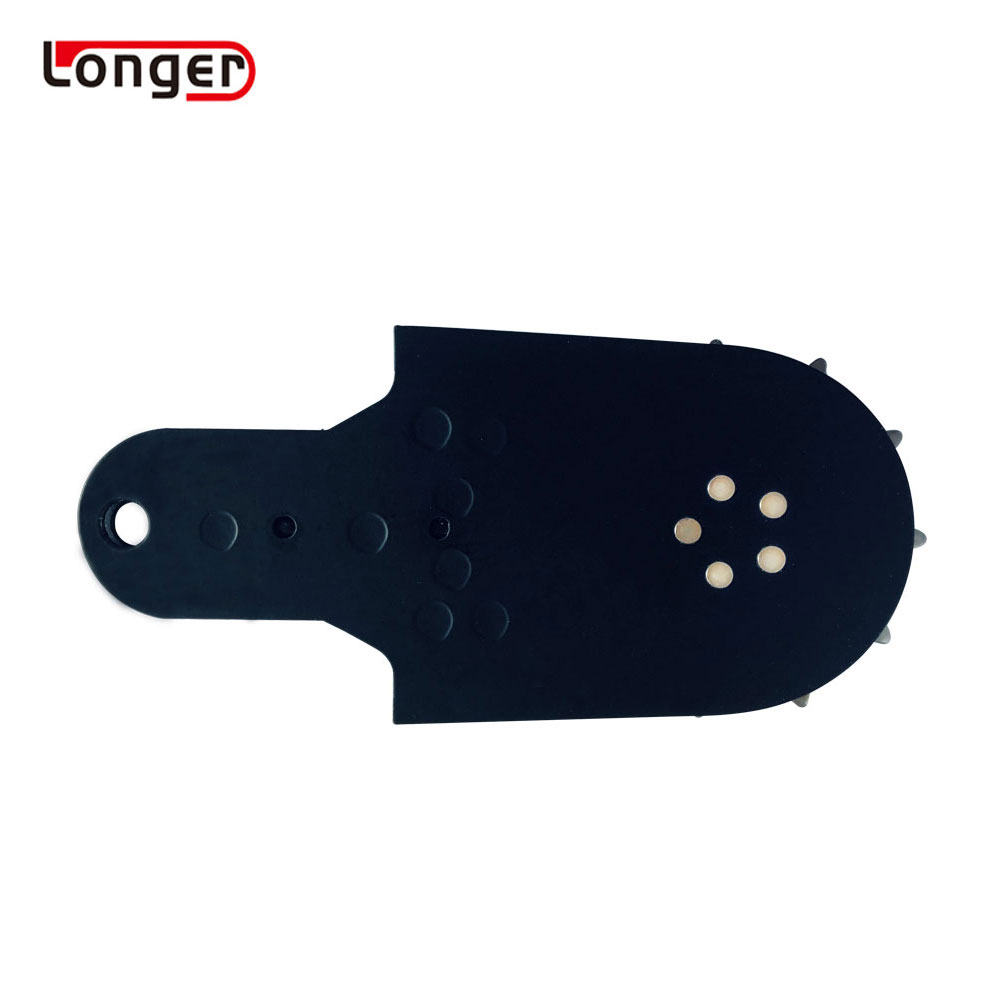Advanced cutting bars are essential tools in hardnose machining, where the optimization of performance is crucial for achieving precision, efficiency, and cost-effectiveness. These cutting bars, often made from high-performance materials such as carbide or cermet, play a critical role in the machining of hardened steels, superalloys, and other challenging materials. By understanding the art of hardnose machining and the factors that contribute to the optimization of cutting bar performance, machinists can elevate their capabilities in tackling demanding machining tasks.
The art of hardnose machining involves the application of advanced cutting bars to achieve superior results in the machining of hardened materials. The performance of cutting bars in hardnose machining is influenced by several key factors, including material selection, tool geometry, coating technology, and machining parameters.
Material Selection: Advanced cutting bars are often manufactured from high-performance materials such as carbide, cermet, or cubic boron nitride (CBN). These materials offer exceptional hardness, wear resistance, and thermal stability, making them well-suited for the demanding conditions encountered in hardnose machining. The selection of the appropriate material for the cutting bar is crucial for achieving effective material removal and tool longevity in challenging machining environments.
Tool Geometry: The geometry of cutting bars, including the design of the cutting edges, chip breakers, and tool profiles, plays a significant role in optimizing performance in hardnose machining. The geometry of the cutting bar should be carefully engineered to facilitate efficient chip evacuation, minimize cutting forces, and ensure stable and predictable tool behavior during the machining process. Additionally, the design of the cutting edges should be tailored to the specific requirements of hardnose machining, taking into account factors such as material hardness, surface finish, and dimensional accuracy.
Coating Technology: Many advanced cutting bars are coated with specialized coatings, such as titanium nitride (TiN), titanium carbonitride (TiCN), or diamond-like carbon (DLC), to enhance their performance in hardnose machining. These coatings provide benefits such as increased tool life, reduced friction, improved wear resistance, and enhanced thermal insulation. The selection of the appropriate coating technology for the cutting bar is essential for maximizing its performance and durability in challenging machining applications.
Machining Parameters: Optimizing the performance of advanced cutting bars in hardnose machining also involves the careful selection and control of machining parameters, including cutting speed, feed rate, depth of cut, and coolant application. These parameters should be tailored to the specific material being machined, the tooling configuration, and the desired machining outcomes. By optimizing machining parameters, machinists can achieve efficient material removal, minimize tool wear, and maintain dimensional accuracy and surface finish in hardnose machining operations.
The art of Hardnose Bar involves the strategic application of advanced cutting bars to optimize performance in the machining of hardened materials. By considering factors such as material selection, tool geometry, coating technology, and machining parameters, machinists can harness the full potential of cutting bars to achieve precision, efficiency, and cost-effectiveness in challenging machining tasks. This approach to hardnose machining empowers machinists to tackle demanding applications with confidence and achieve superior results in the production of high-quality machined components.










